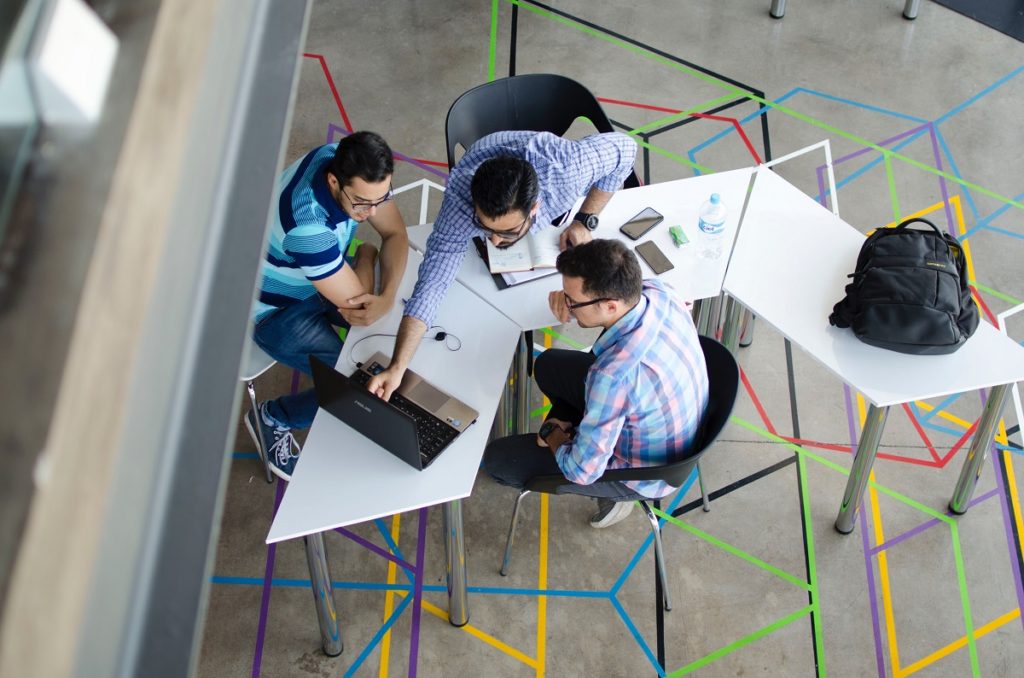The most common drivers of profit are reducing costs, boosting customer turnover, increasing efficiency, and raising productivity. But did you know you could generate even more business by having the right set up in your office?
The Role of Design in Business
Design has been pivotal for businesses in different industries. It’s influenced how customers view brands. It has the potential to leave competitors in the dust when it comes to recognition and recall. It’s even driven profits for some; companies in the UK, for example, see a £4 return for every £1 they put in design.
The same thing applies to office design as brands across the globe invest in cool offices. A lot of them do it mostly for employees because workspaces affect productivity, creativity, and efficiency. The right elements also have an impact on employee health and wellbeing. It does so by easing stress; workplace stress, according to Stanford University, is as good as getting secondhand smoke.
Businesses that consider these things into office design have a better chance of motivating employees and persuading clients than companies that don’t give it a second thought.
Profit-driving Design
But how do you do it? What do you need to create the right effects? And does it have to be costly?
For starters, the design doesn’t need to be costly nor equally cool as the workspaces of some big brands. An addition could be as simple as installing, for example, sun shade and wind screen for your restaurant’s patio. Commercial screens can turn your exterior dining spaces more inviting, increasing appeal and capacity for your establishment.
If your budget doesn’t have room for new construction to improve the layout, approach the design in stages. One cost-effective, easy way to do it would be to look into the lighting of your office.

The best offices would have more natural light but without sacrificing visual comfort. Consider lighting systems that optimize circadian rhythms by simulating the effects of natural light. Make sure office lights adjust according to the demands of your employees throughout the day.
Another key aspect of office design is noise. Although many businesses have open-plan layouts that supposedly bolster collaboration, the space can lead to distractions. Talk to your architect about installing absorptive surfaces that reduce sound. Ask about surface enhancements and ceiling baffles.
An alternative to absorptive surfaces would be to identify areas that could work as “quiet” and “loud” zones. You can help employees go about their work without interrupting their focus and sacrificing collaborations. If you have more financial wiggle room, build niche spaces designed for teamwork concerns and personal spaces for individual focus.
Then, choose colors and furniture that not only reinforce your brand’s personality but also convey credibility and professionalism to clients. Naturally, visual appeal is a big factor because you’ve got to capture your client’s attention the moment they step into your reception.
How your office looks affects your business, from employee engagement to client retention. Make sure its impact is always favorable.

